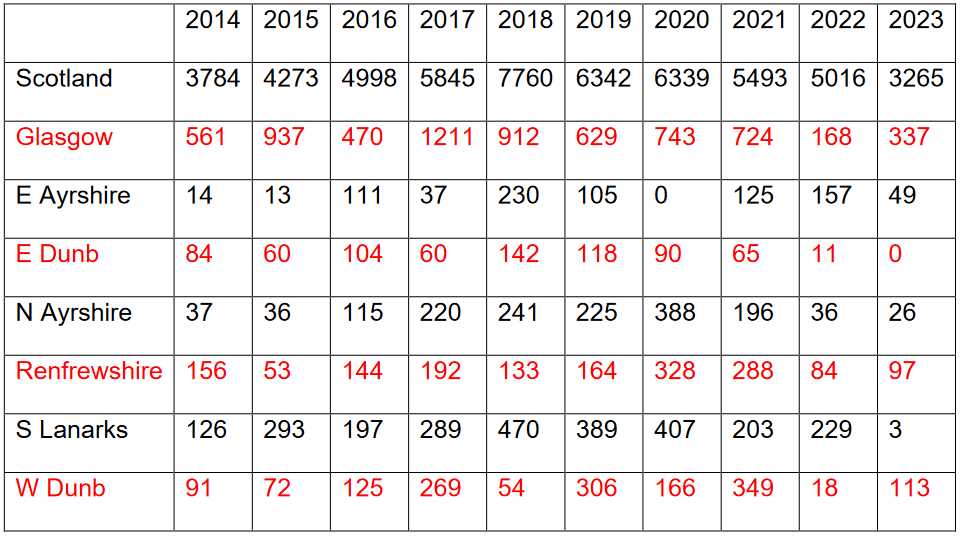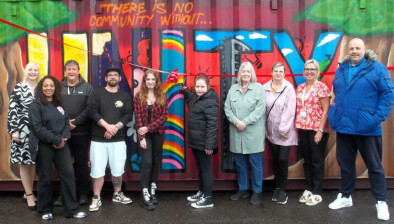Scottish Government’s social homes target could fall short by 50%, says GWSF

David Bookbinder
Even if the current pace of falling new build slows and flattens out, the Scottish Government may only achieve 55% or less of its target of providing 77,000 new socially rented homes in the current 10-year programme, according to the Glasgow and West of Scotland Forum of Housing Associations (GWSF).
In a short briefing note for its members, the Forum highlights that social rent starts in 2023 were running at less than half the rate they were between 2018 and 2020, at the height of the first five-year 50,000 homes programme.
The figures echo analysis by Scottish Labour which revealed almost 20,000 potential new affordable homes have been lost over the last five years due to the cumulative impact of declining approvals for new properties.
GWSF director David Bookbinder said: “New build output has been falling for some time, because of higher costs but also a greater sense of hesitance from some housing associations and local authorities. What we needed to see in response to that was a spending boost, but we got an eye-wateringly big budget cut instead.

Table - Social sector new build starts 2014 to 2023 (calendar year)
“Although building industry inflation can’t be blamed on the Scottish Government, this doesn’t justify Ministers’ capacity for denial about the impact of higher costs on the 110,000 homes target. And that was before the budget cut. The target has been dead for some time and the funeral has come and gone. Continued implication by Ministers that it remains achievable isn’t helpful and certainly isn’t fooling the sector.
“Estimating many years ahead is clearly challenging, but if current trends continue, we may see around 42,000 new social homes rather than the promised 77,000 over the ten years to 2032. I really hope we’re proved wrong.
“In the meantime, despite the barriers, many of our members remain keen to work with their local authority partners to put new homes on the ground. This is still the most effective way of helping people out of the private rented sector and out of poverty.”









